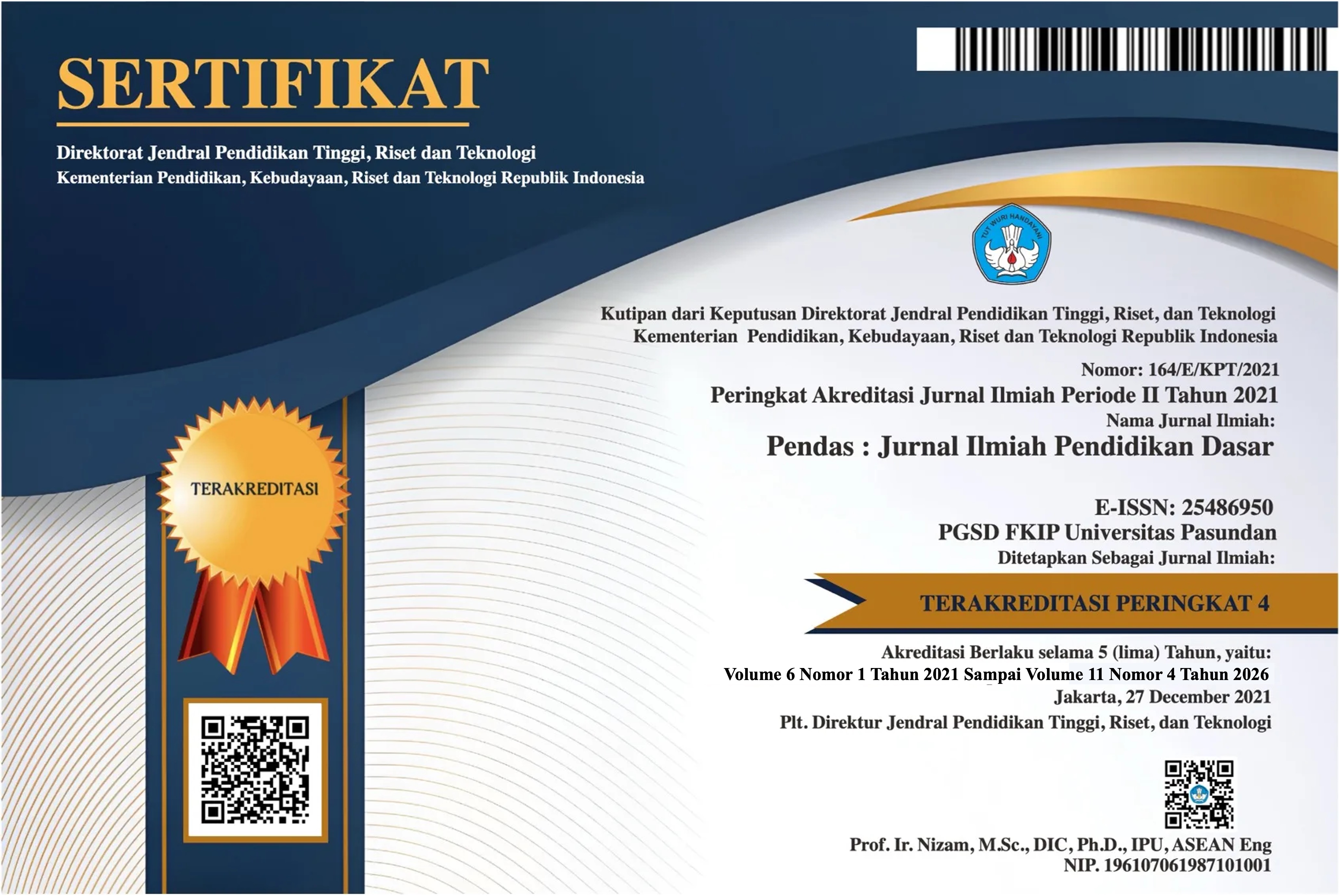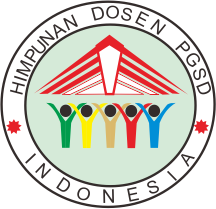AN ANALYSIS OF THE MAIN CHARACTERS' MORAL RESPONSIBILITY IN THE FILM GRAVE OF THE FIREFLIES
DOI:
https://doi.org/10.23969/jp.v10i04.35810Abstract
As time progresses, many literary works have been adapted into films, including animated films that often present moral values. One animated film that portrays moral values is Grave of the Fireflies by Isao Takahata. This study aims to analyze the forms of moral responsibility expressed by the main characters in Grave of the Fireflies. The research employs a qualitative method, using dynamic structuralism theory that examines the interrelationships among the elements of the story as a whole through two types of analysis: intrinsic analysis (characterization of the main characters, plot and conflict) and extrinsic analysis (Japanese cultural values). Furthermore, the analysis is supported by moral responsibility theory to identify and describe the forms of moral responsibility portrayed by the main characters. The results revealed that the main characters moral responsibility in this film is divided into two main forms. The first is Protective and Practical Responsibility, reflected in Seita’s decision to care for and protect his younger sister, Setsuko. The second is Existential Moral Responsibility, evident in his decision to leave his aunt’s house and the moral consequences that arise from his actions. These two forms of responsibility highlight the strong influence of Japanese cultural values (bushidō and giri) that emphasize honor, loyalty, sacrifice, and moral obligation toward the family. These findings highlight that Grave of the Fireflies not only portrays the destructive impact of war but also presents a profound reflection on humanity and moral responsibility within the context of Japanese culture.
Keywords: film, anime, moral responsibility, the main character.
Downloads
References
Books :
Bluestone, G. (1957). Novels Into Film. London: Oxford University Press.
Clements, J., & McCarthy, H. (2006). The Anime Encyclopedia: A Guide to Japanese Animation Since 1917. Stone Bridge Press.
Creswell, J. W. (2009). Research Design: Qualitative, Quantitative and Mixed Methods Approaches (3rd ed.). SAGE Publications, Inc.
Davies, R. J. & Ikeno, O. (2002). The Japanese Mind: Understanding Contemporary Japanese Culture. Tokyo: Tuttle Publishing.
Endraswara, S. (2016). Metodologi Penelitian Posmodernisme Sastra. Yogyakarta: Center for Academic Publishing Service.
Klarer, M. (2004). An Introduction to Literary Studies (2nd ed.). Routledge.
Moya, C. J. (2006). Moral Responsibility: The Ways of Scepticism. Routledge, London and New York.
Monaco, J. (2000). How to Read a Film: The World of Movies, Media, and Multimedia. London: Oxford University Press.
Nitobe, I. (1908). Bushido The Soul of Japan 13th Edition. London: Andesite Press.
Nuriadi, N. (2016). Theory of Literature: An Introduction. Lombok Barat, Nusa Tenggara Barat: Arga Puji Press Mataram Lombok.
Nurgiyantoro, B. (2013). Teori Pengkajian Fiksi. Yogyakarta: Gadjah Mada University Press.
Sudjiman, P. (1988). Memahami Cerita Rekaan. Jakarta: Pustaka Jaya.
Suseno, F. M. (2007). Etika Dasar Masalah-Masalah Pokok Filsafat Moral. Yogyakarta: Kanisius.
Teeuw, A. (1984). Sastra dan Ilmu Sastra: Pengantar Teori Sastra. Jakarta Pusat: PT. Dunia Pustaka Jaya.
Wellek, R., & Austin, W. (1993). Teori Kesusastraan. Jakarta: PT. Gramedia Pustaka Utama.
Journal :
Aji, M. P., Nuriadi, N., & Susanti, N. W. M. (2022). Moral Value On Lady Maria Of Astral Clocktower Character Performance In The Bloodborne Game. Education, 1(2), 3.
Amrullah, A., Thohir, L., Sahuddin, S., Nawawi, M., & Henny, S. (2021). Development of Academic Speaking Communicative Tasks Model for Students of English Education. Education and Social Science (ACCESS 2020), 32-35.
Katili, A. K., Nuriadi, N., & Muhaimi, L. M. (2020). The Role and Development of Lawas as a Traditional Literary Work in Preserving Samawa Local Wisdoms. International Journal of Multicultural and Multireligious Understanding, 7(8), 697-705.
Nuriadi, N., Muhaimi, L., & Dewi, A. (2021). Peningkatan Kemampuan Penulisan Sastra untuk Siswa SMA Negeri 1 Praya dalam Rangka Memajukan Literasi Sekolah. Jurnal Pengabdian Magister Pendidikan IPA, 4(4).
Permatasari, S., & Rosita, F. Y. (2023). Relevansi nilai karakter tanggung jawab pada film Nanti Kita Cerita Tentang Hari Ini karya Angga Dwimas Sasongko dengan kepribadian anak usia sekolah dasar. AL-THIFL: Jurnal Ilmiah Pendidikan Guru Madrasah Ibtidaiyah, 2(2), pp. 89-102.
Sayekti, R. N. (2017). Resepsi Mahasiswa Sastra Jepang Angkatan 2012 Terhadap Anime Naruto. Universitas Diponegoro, pp. 13.
Fauzi, A. (2022). Moral Values in the Film 100% Halal by Jastis Arimba. Universitas Hasyim Asy'ari.
Jannah, K. N. (2022). Representation of Teenage Moral Values in the Animated Film Luca. UIN Syarif Hidayatullah.
Matthaeus. (2023). Moral Values in the Film A Man Called Otto: An Analysis Using Charles Sanders Peirce's Semiotic Theory. Universitas Buddhi Dharma.
Downloads
Published
Issue
Section
License
Copyright (c) 2025 Pendas : Jurnal Ilmiah Pendidikan Dasar

This work is licensed under a Creative Commons Attribution 4.0 International License.


















